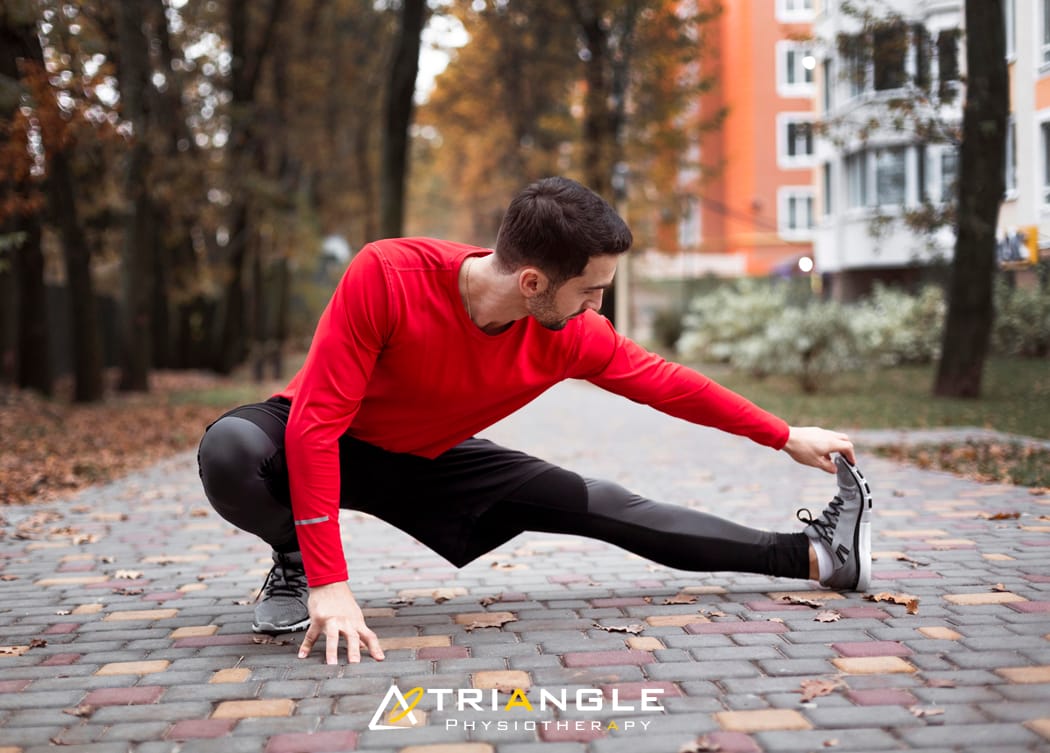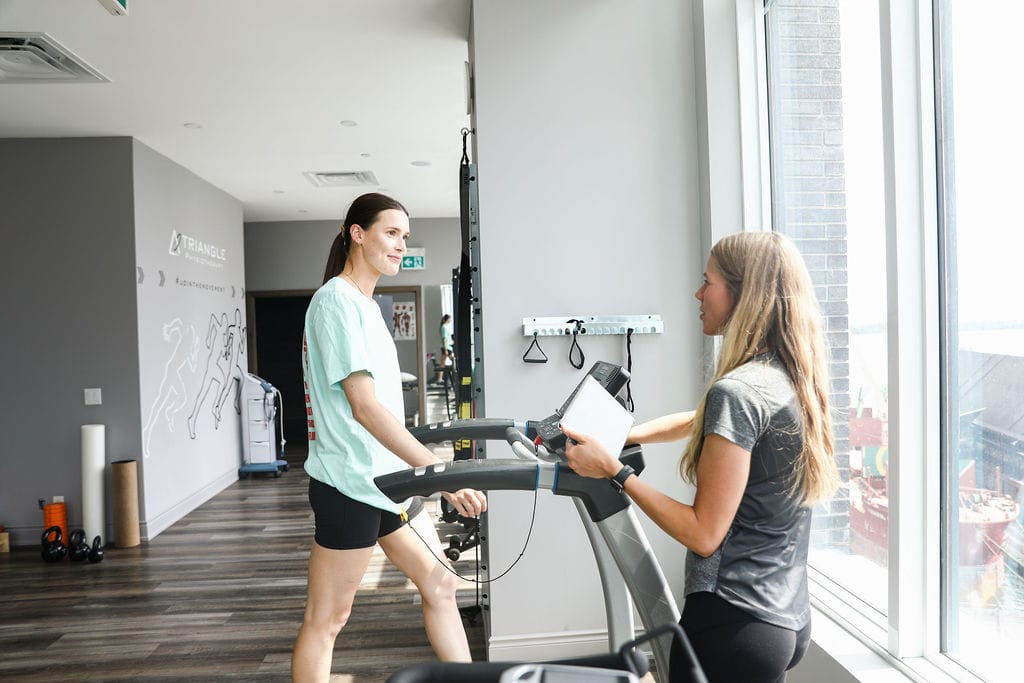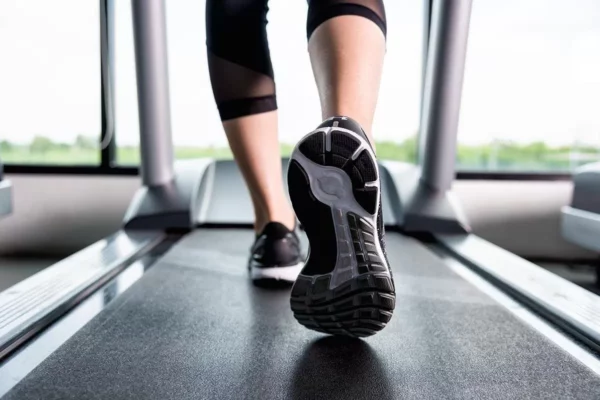Running in the winter can be a great way to stay active, but it does require some adjustments to ensure safety and comfort in cold and potentially icy conditions.
Here are some tips for running in the winter:
1. Dress in Layers:
- Base Layer: Moisture-wicking fabric to keep sweat away from your skin.
- Insulating Layer: A warm layer to retain body heat. This can be fleece or a synthetic insulating material.
- Outer Layer: A waterproof and windproof jacket to protect against the elements.
2. Protect Extremities:
- Head: Wear a hat or headband to retain heat. A beanie that covers your ears can be especially helpful.
- Hands: Use insulated, waterproof gloves or mittens.
- Feet: Wear moisture-wicking socks and consider using gaiters to keep snow out of your shoes.
3. Choose the Right Footwear:
- Opt for running shoes with good traction to prevent slipping on ice or snow.
- You can also use traction devices that slip over your shoes for added grip.
4. Stay Visible:
- Winter days are often darker, so wear reflective gear or bright colors to ensure you’re visible to drivers.
5. Warm-Up Inside:
- Warm up your muscles indoors before heading out to minimize the shock of the cold on your body.
6. Plan Your Route:
- Stick to well-lit, well-traveled paths to ensure your safety.
- Avoid areas with heavy snow or ice accumulation.
7. Hydrate:
- Even in cold weather, it’s important to stay hydrated. Cold air can be dry, and you can still lose fluids through sweat.
8. Adjust Your Pace:
- Cold air can make breathing more challenging, so adjust your pace accordingly.
9. Listen to Your Body:
- If conditions are extreme, consider shortening your run or opting for an indoor workout.
10. Post-Run Care:
- Change out of wet clothes quickly to avoid getting chilled.
- Warm up gradually, and consider a hot shower to raise your body temperature.
11. Be Cautious of Ice:
- Watch for icy patches and adjust your stride to reduce the risk of slipping.
- If conditions are icy, consider using traction devices for your shoes.
12. Stay Informed About the Weather:
- Check the weather forecast before heading out, and be aware of changing conditions.
By following these tips, you can make your winter runs more enjoyable and safer. Always prioritize safety and listen to your body, adjusting your routine as needed based on the conditions.

How do I book an appointment for a Running Assessment near me?
Click HERE to book an appointment with a physiotherapist or chiropractor at one of our eight locations.
- Physiotherapy Etobicoke – Triangle Physiotherapy Etobicoke
- Oakville Physiotherapy Clinic – Triangle Physiotherapy Oakville
- Physiotherapy North York – Triangle Physiotherapy North York
- Mississauga Physiotherapy Clinics – Triangle Physiotherapy Mississauga
- Downtown Physiotherapy Clinics – Triangle Physiotherapy King West
- Uptown Physiotherapy Clinics – Triangle Physiotherapy Lawrence Park
- Physiotherapy Clinic Downtown Toronto – Triangle Physiotherapy Queens Quay
- Physiotherapy Clinics Mississauga – Triangle Physiotherapy Erin Mills
“Running in the winter requires special considerations to stay safe and injury-free. Triangle Physiotherapy offers expert services across the GTA, including Physiotherapy in Etobicoke, Oakville, North York, Toronto, Lawrence Park, Queens Quay, Erin Mills, Mississauga, and Liberty Village. Our skilled physiotherapists can help you maintain your running routine throughout the winter with personalized advice and injury prevention strategies.”
A running assessment is a process in which an individual’s running form, biomechanics, and overall performance are evaluated by a physiotherapist. The goal of a running assessment is to identify any issues or inefficiencies in the individual’s running technique that may contribute to discomfort, pain, or decreased performance.
What are the components of a Running Assessment?

Key components of a running assessment may include:
- Gait Analysis: Observing the way an individual walks or runs to assess their biomechanics, stride length, foot strike pattern, and overall form.
- Footwear Analysis: Evaluating the type and condition of the running shoes worn by the individual to ensure they provide proper support and are suitable for their running style.
- Muscle and Joint Assessment: Checking for any muscle imbalances, weaknesses, or joint restrictions that may affect running mechanics.
- Injury History: Review the individual’s history of injuries, if any, to identify patterns or recurring issues that may be related to running technique.
- Functional Movement Assessment: Assessing the individual’s flexibility, strength, and stability, especially in areas relevant to running, such as the hips, knees, and ankles.
- Running on a Treadmill or Track: The individual may be observed while running on a treadmill or a track to get a real-time assessment of their running mechanics.
- Discussion of Training Goals: Understanding the individual’s running goals, whether they are training for a specific event, improving performance, or addressing pain or discomfort.
I am a novice runner, can I still do a running assessment?
Absolutely. As a novice runner, it is very important to learn the proper technique so that you don’t injure yourself. The physiotherapist will assess you and help you with technique, shoe selection, and a training plan if you want to run a marathon.
Where can I find a physiotherapist who does Running Assessments in Toronto?
We have 8 locations with physiotherapists to help you run better.
Click HERE to book an appointment with a physiotherapist at one of our eight locations.
- Physiotherapy Etobicoke – Triangle Physiotherapy Etobicoke
- Oakville Physiotherapy Clinic – Triangle Physiotherapy Oakville
- Physiotherapy North York – Triangle Physiotherapy North York
- Mississauga Physiotherapy Clinics – Triangle Physiotherapy Mississauga
- Downtown Physiotherapy Clinics – Triangle Physiotherapy King West
- Uptown Physiotherapy Clinics – Triangle Physiotherapy Lawrence Park
- Physiotherapy Clinic Downtown Toronto – Triangle Physiotherapy Queens Quay
- Physiotherapy Clinics Mississauga – Triangle Physiotherapy Erin Mills
A running assessment can help identify and correct biomechanical issues to improve performance and prevent injuries. For a comprehensive running assessment and personalized care, consider physiotherapy in Etobicoke, Oakville, North York, Toronto, Lawrence Park, Queens Quay, Erin Mills, Mississauga, or Liberty Village. Expert physiotherapists in these locations can help you optimize your running form and stay injury-free.



